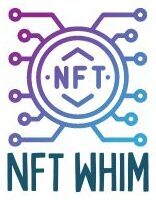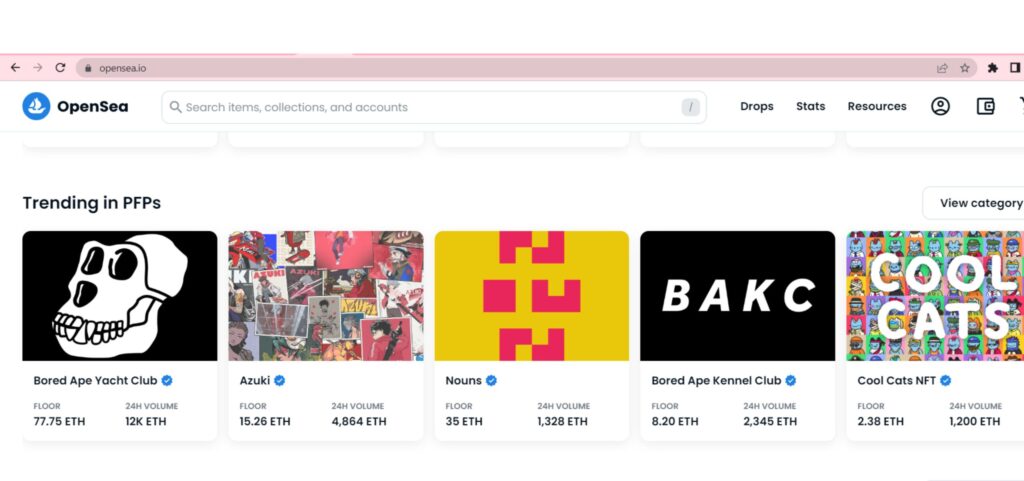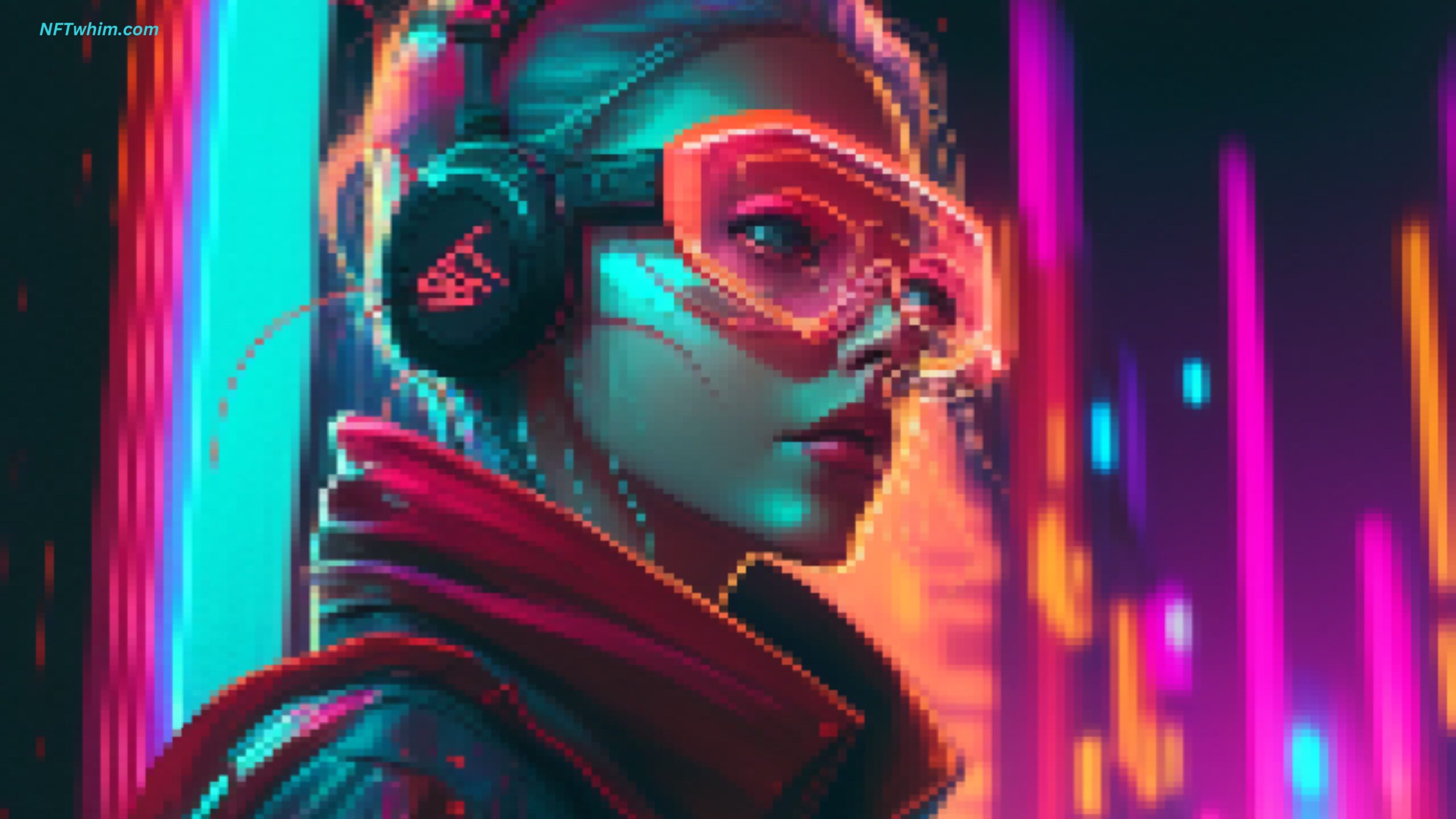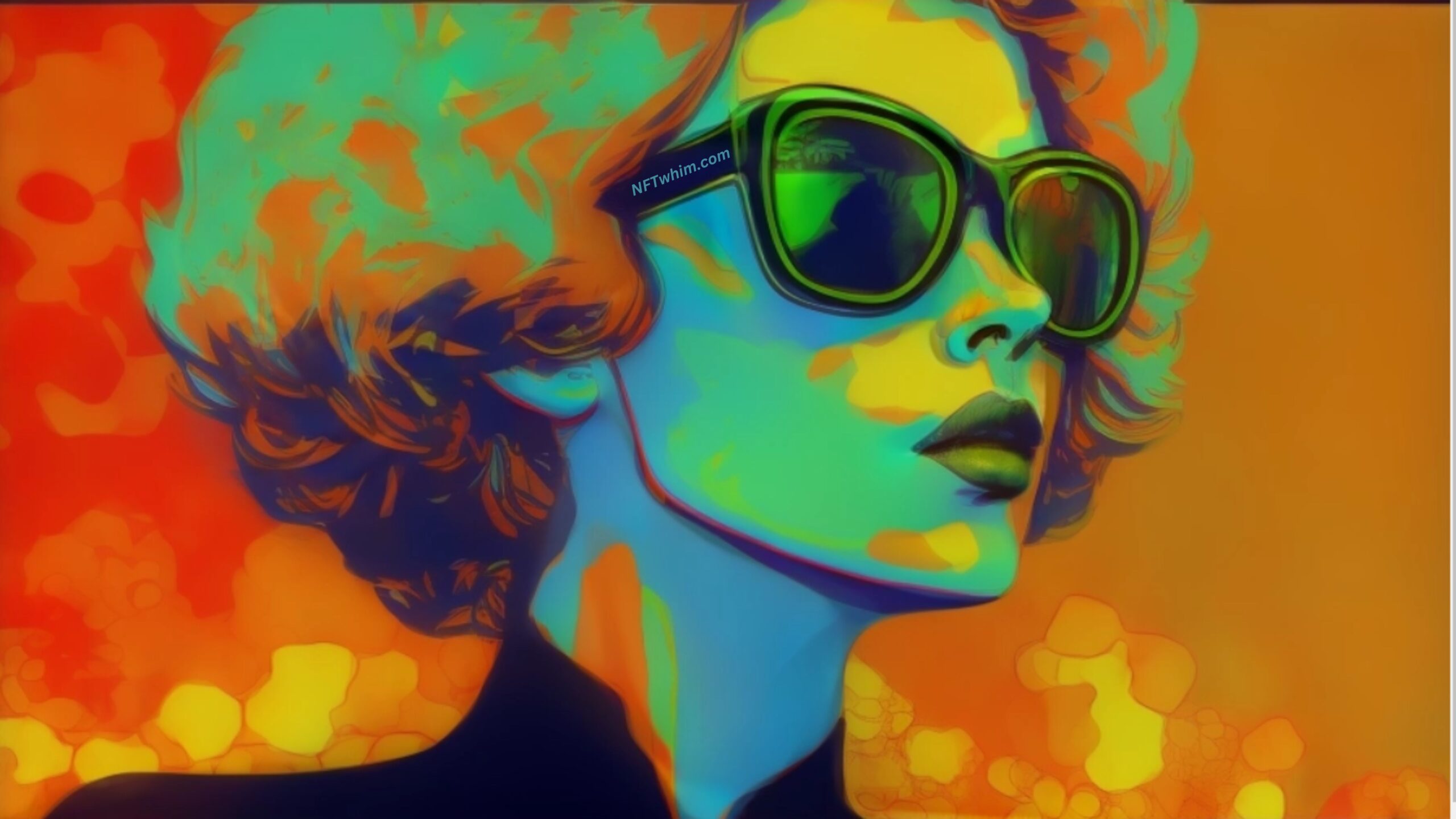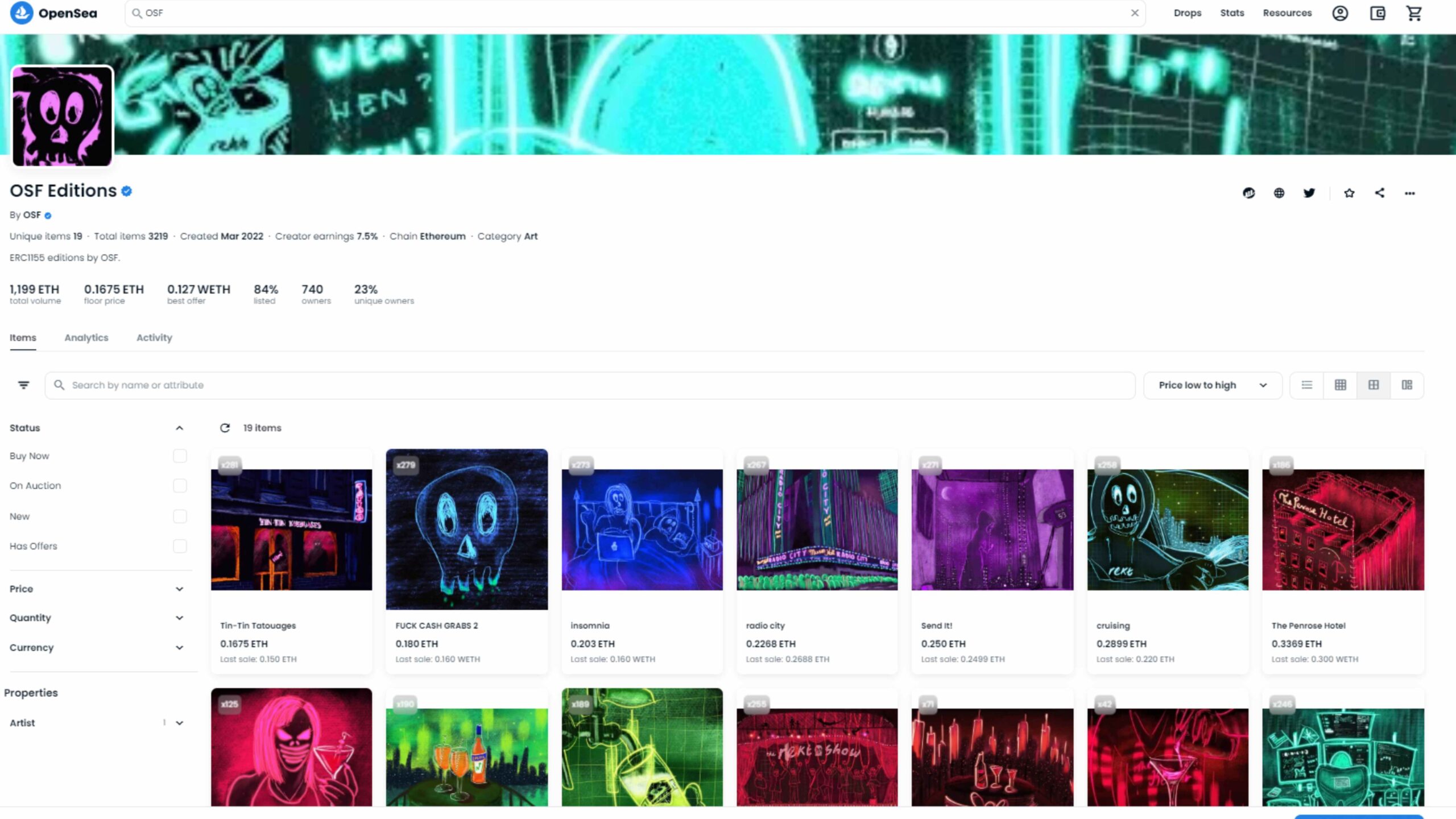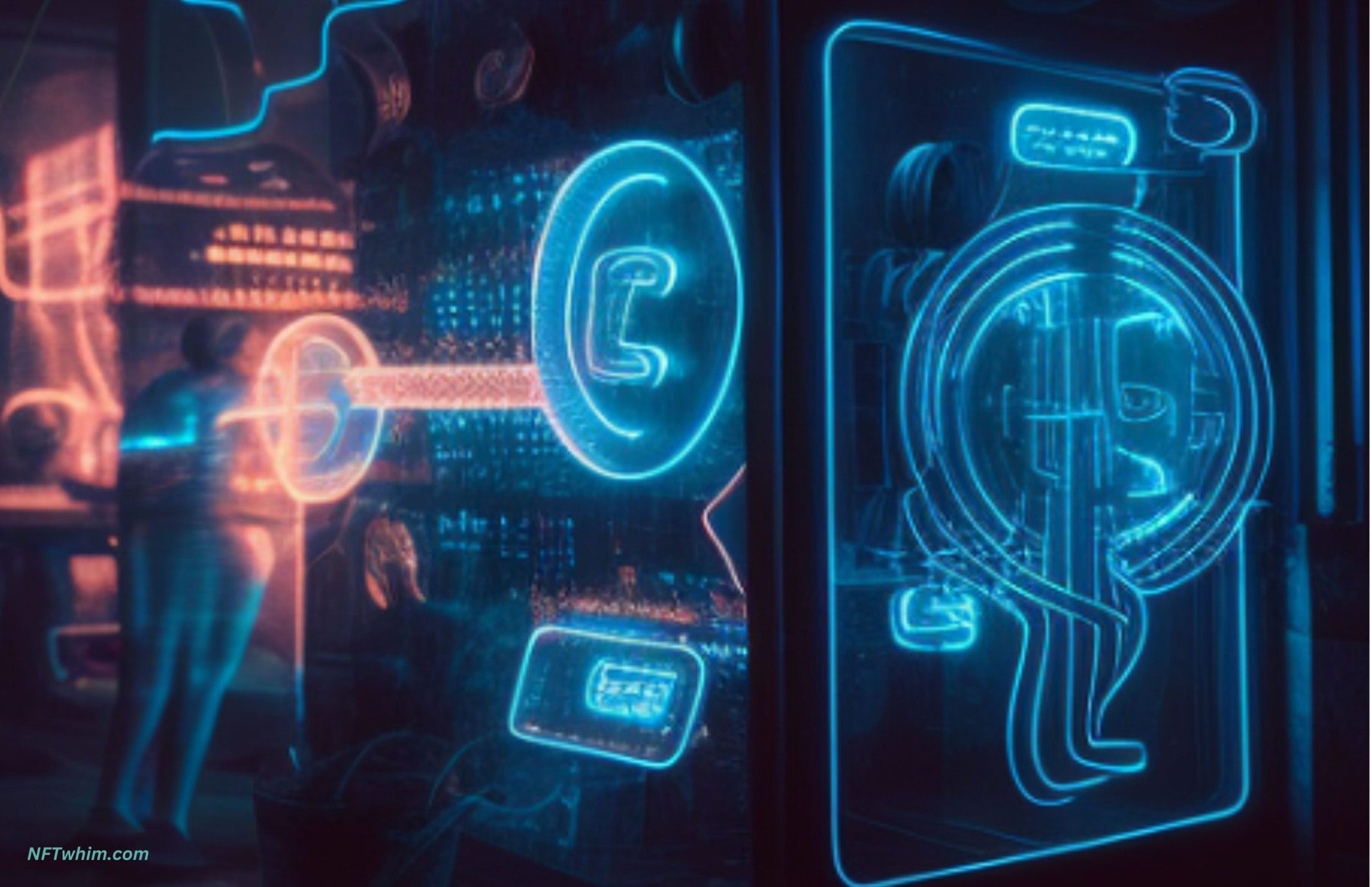Picture this: you’re scrolling through your social media feed and come across a unique profile picture that stands out from the rest. It’s an image of vibrant colors, intricate shapes, and captivating detail unlike anything you’ve seen before – it almost looks like something from another world. You can’t help but wonder what kind of artwork is behind this captivating profile picture. Well, chances are, it’s a Profile as Picture (PFP) NFT!
NFTs have been around for years now, yet they’re still relatively new to most people. So what exactly are PFP NFTs? In short, PFP NFTs are tokens that represent digital artworks on the blockchain; they provide creators with a way to showcase their original works of art in an exciting new format while giving buyers access to rare collectibles. Put simply, PFP NFTs are revolutionizing the way we experience digital artwork.
There’s no denying that PFP NFTs have become increasingly popular in recent times. As more people continue to discover the potential of these unique assets, insights about how to use them will be invaluable for both creators and collectors alike. But first things first – let’s explore what PFP NFTs really are so that everyone can get up to speed on this innovative technology!
Here’s what we’ll cover in this post:
Table of Contents
Definition Of PFP NFTs
What are PFP NFTs? They’re a type of digital asset that has made a lasting impression on the world. PFP stands for Profile as Picture, and NFTs are Non-fungible tokens. Basically, it’s a piece of art or any other kind of visual element that you can use to represent yourself on social media platforms such as Twitter, Instagram, and Discord.
When someone owns a PFP NFT, they own the rights to its display in that profile picture across all social media accounts. It is unique to them, meaning no one else will be able to claim ownership over it. This gives users an unprecedented level of freedom when expressing themselves online with visuals rather than words or symbols.
PFP NFTs allow people to express themselves through artwork without worrying about copyright infringement or fear of having their images stolen from them – something we’ve seen too often on the internet recently. Plus, since these assets are stored on the blockchain (the technology behind cryptocurrencies), there’s virtually no chance anyone could tamper with it once you own it!
So if you want to stand out among your peers and show off just how creative and original you can be online – then PFP NFTs might just be what you need to do just that! With PFP NFTs, you’ll have full control over what your online persona looks like while also being able to reap the benefits of tokenization.
By the way, check out this article for an in-depth guide to becoming an NFT PFP creator!
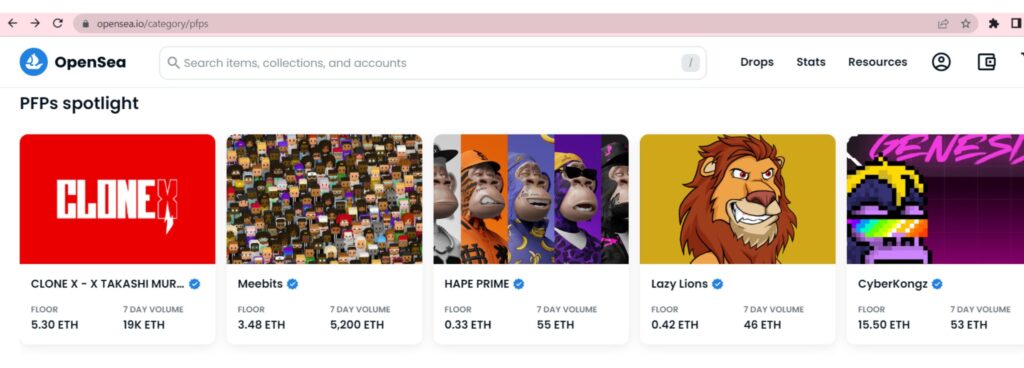
How PFP NFTs Work
PFP NFTs are a type of digital asset that uses blockchain technology to provide users with an immutable and verifiable record. This underlying technology is what makes PFP NFTs so appealing to many users, as it provides proof-of-ownership and authenticity for each individual item. So how does the process actually work?
The first step is understanding the mechanics behind PFP NFTs. They use a system known as ERC-721, which stands for Ethereum Request for Comments 721. This protocol allows developers to create unique tokens on the Ethereum blockchain that can be used to represent real world items like artwork or other collectibles. Each token created using this protocol has its own set of attributes, including a name, description, image and provenance information. All these details make up the profile associated with each NFT.
Once you have a better understanding of the underlying technology powering PFP NFTs, it’s time to take a look at how they actually function in practice. The process starts by creating your profile – usually done through platforms such as OpenSea or Rarible – where you can upload images from your phone or computer along with some descriptive text about yourself and/or your interests. Then comes the actual purchase and sale of the tokens themselves; when buying or selling an NFT on one of these platforms, two transactions occur simultaneously: one between buyer and seller (which determines who owns what) and another between platform owners (who earn fees from successful sales). After both sides complete their respective parts of the transaction successfully, ownership is transferred from one wallet address to another automatically thanks to smart contracts embedded into the network itself.
Lastly, let’s talk about security; while there may be potential risks involved with any kind of online activity involving money transfer, PFP NFTs come equipped with several layers of protection due to their decentralized nature—including escrow services built right into most platforms plus additional features like fraud detection algorithms that help detect suspicious activities before they happen. While no system is perfect 100% of the time, overall PFP NFT technology offers a relatively safe way for people all over the world to engage in secure financial transfers without relying on third parties or traditional banking systems.
In short, PFP NFTs offer an innovative way for individuals everywhere to participate in financial transactions securely via blockchain technology -allowing them access to new markets with fewer barriers than ever before!
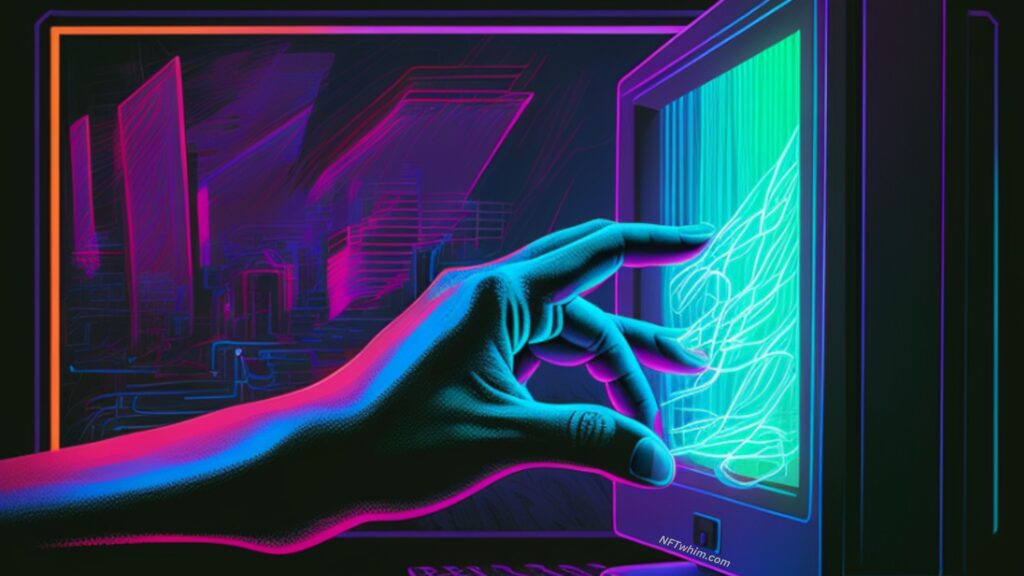
Benefits Of PFP NFTs
Have you ever considered how having a Profile As Picture (PFP) NFT could benefit your online presence? PFP NFTs offer an array of advantages to their owners, from increased visibility and unique branding opportunities to cost savings and enhanced security. Let’s look at these benefits in more detail.
First, PFP NFTs can give users the opportunity to make themselves stand out on social media platforms with a unique image or animation that is associated with them. This allows for increased visibility as well as greater potential for engagement and interaction between accounts. Additionally, it provides a great way to create a distinct brand identity without needing to spend a huge budget on design costs.
Second, owning a PFP NFT can be quite cost effective compared to other forms of digital artwork because they are one-time purchases that users own indefinitely. It also eliminates costly copyright concerns since the user owns the certification of the digital asset outright which means any profits generated by its sale goes directly back into their pocket.
Third, having an immutable record of ownership over digital assets like art has opened up many new possibilities when it comes to trading and gifting content securely. The blockchain technology behind such transactions ensures that no data tampering or fraud can take place as each transaction is documented on the public ledger making them virtually unhackable.
Finally, having access to creative tools like profile pictures offers unprecedented control over how users present themselves online – allowing them to craft their own narrative about who they are and what kind of messages they want to send out there. All this adds up to creating an entirely new level of self-expression which previously was not possible due to lack of available options or prohibitively expensive software solutions used by professionals only.

Collecting And Selling PFP NFTs
Collecting PFP NFTs has become increasingly popular among the crypto community over the past few years. For many, it’s a way to express their uniqueness and show off their creativity in an innovative way. Not only can you collect these unique digital art pieces, but you can also use them as your profile picture (PFP).
There are several ways to obtain PFP NFTs. Some of the most popular methods include buying from an existing collection or marketplace, creating special designs for your own collection, or trading with another collector. Buying is by far the easiest option since there are so many collections available on various platforms such as OpenSea and Rarible. Creating custom designs requires some design knowledge and skill; however, this allows users to truly customize their collection and make something that reflects who they are. Lastly, trading is great if you find someone else looking for specific pieces or have extra items you don’t need any longer.
Once you’ve collected enough PFP NFTs to fill out your portfolio, it’s time to start selling! There are plenty of places where you can list your work including traditional auction houses like eBay and more specialized marketplaces like Zora or SuperRare. You should also consider joining communities dedicated solely to collecting and trading NFTs – these online hubs provide an amazing opportunity to connect with other collectors around the world while showing off what you have created and acquired along the way.
Regardless of how you decide to go about building up your portfolio of PFP NFTs, understanding all aspects of the process will help ensure success in both collecting and selling! With a bit of research into the different types of NFTs available, plus learning how each platform works, anyone can build up a valuable collection that others are sure to appreciate.
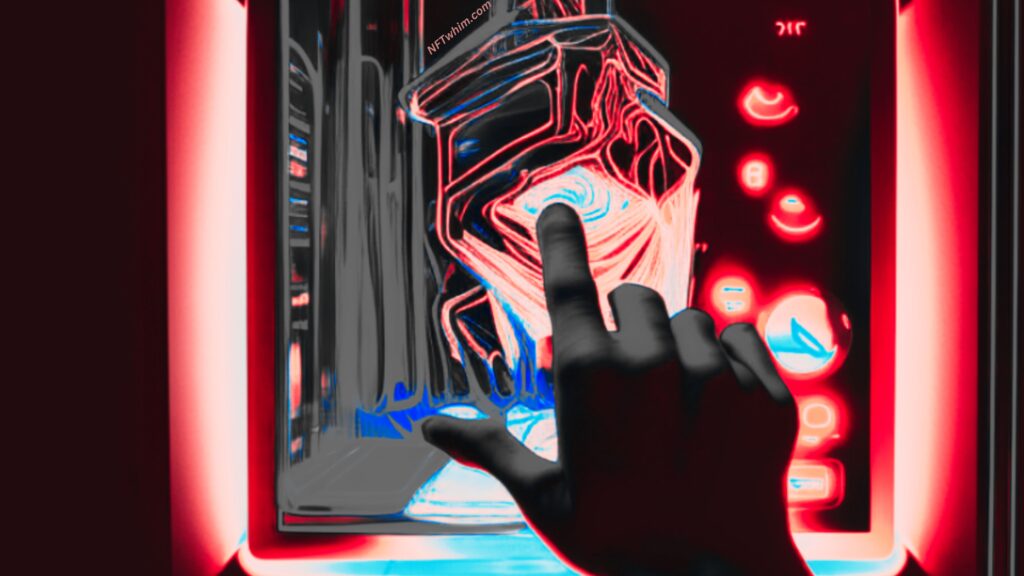
How To Create A PFP NFT
With the rising popularity of NFTs, it has become increasingly easier to create your own PFP NFT. Crafting your own unique profile picture is not only an exciting process but also a great way to express yourself and get creative with digital art. To begin creating a personalized PFP NFT, you’ll need to have some basic knowledge on how blockchain works and what tools are available for designing. Once you understand the basics of blockchain technology, you can start exploring various platforms that allow users to make their own PFP NFTs such as Opensea, Mintable, or Zora. You can also mint your NFT directly on the Ethereum blockchain without intermediaries, but that requires some technical and coding knowledge.
When selecting which platform to use for your project, be sure to consider factors like fees, user-friendliness and whether or not the platform offers technical support if needed. After finding a suitable platform, dive into designing! You’ll want to choose expressive visuals that accurately represent your message – this could be anything from illustrations and graphics to photos or videos. For added authenticity, try mixing in 3D rendered elements while keeping security measures top of mind throughout the entire creation process. However, just keep in mind that you need to illustrate some kind of profile picture for it to qualify as a PFP (Profile as Picture) NFT! This could for example be e a colorful, vector-based drawing of a head-shot, or a pixelated portrait. CryptoPunks and the Bored Apes are prominent examples of PFP NFTs that you can get inspired by.
Next up is setting up metadata tags so everyone knows exactly who created the PFP NFT. This includes adding information about its creator(s), copyright notices plus any additional details that may help buyers find out more about the artwork they’re purchasing (e.g., artist biography). It’s important to note that there is no one-size-fits-all solution when it comes to generating these tags; however, most platforms offer automated ways of doing this quickly and easily without having too much coding experience required upfront.
Finally you’ll be ready to list your work onto an online marketplace where people can purchase them as nonfungible tokens (NFTs). Doing so will require verifying ownership of both the media assets as well as all related content before selling it off as collectibles –– something essential for ensuring successful transactions down the line! With the right set of skills and creativity by hand, anyone can craft their very own custom made PFP NFTs –– just keep safety first in order for everything else to flow smoothly afterwards!
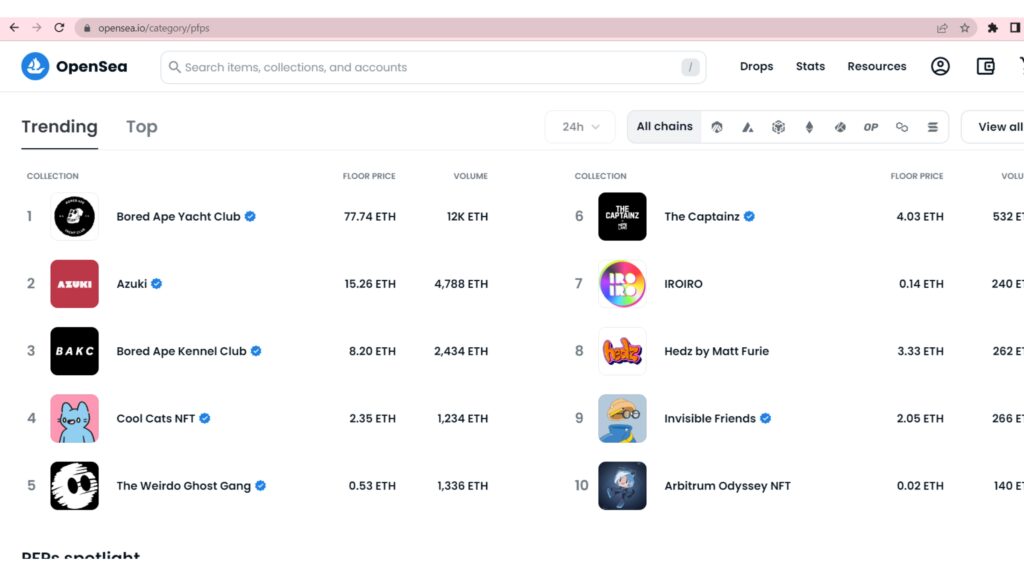
Where To Buy/Sell PFP NFTs
If you’re looking to buy, sell, purchase, trade or acquire PFP NFTs, there are a few places where you can do so. Firstly, the most popular place for trading these types of digital assets is on blockchain-based platforms such as Ethereum. These platforms offer users access to numerous different markets where they can easily find what they’re looking for in regards to buying/selling PFP NFTs. Additionally, many of these platforms have their own internal marketplaces which may provide users with better deals than those found elsewhere.
Furthermore, some websites specialize solely in offering services related to buying/selling various forms of cryptocurrency. These sites usually feature integrated wallets that make it easy for customers to store their purchased digital currencies securely until ready to exchange them for other cryptocurrencies or use them to make online purchases. Furthermore, these sites also often feature professional customer service staff who will be able to assist any issues buyers may experience while using their platform. Examples of these NFT marketplaces are Opensea, Rarible and SuperRare, as we mentioned earlier.
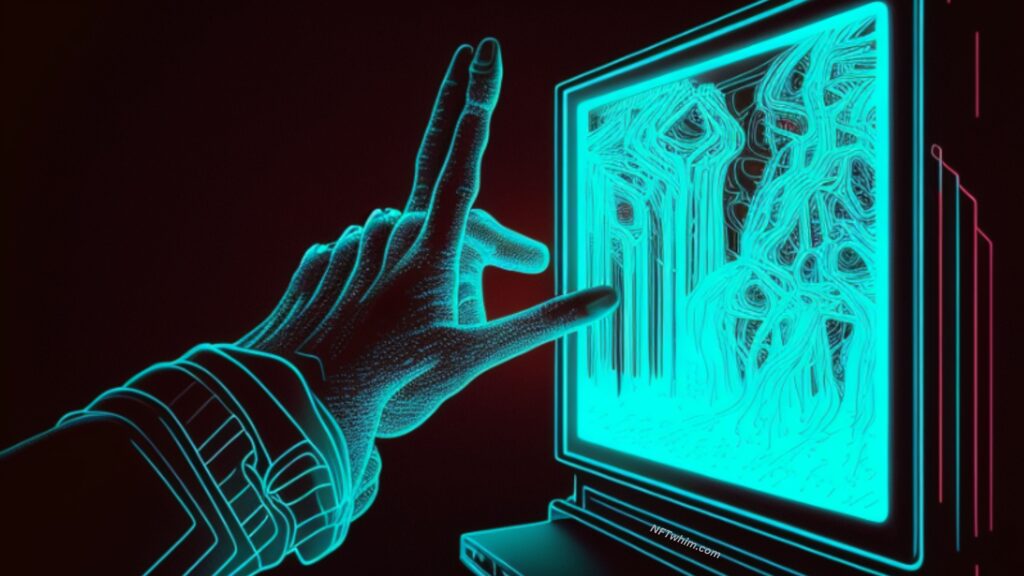
Regulations And Guidelines For Companies Dealing With PFP NFTs
When it comes to Profile as Picture (PFP) Non-Fungible Tokens (NFTs), there are several regulations and guidelines in place. Governments around the world are beginning to recognize their value, and laws have been put into effect to ensure that they remain safe and secure from potential abuse or misuse. Here is a list of some key regulations and guidelines for PFP NFTs that primarily concern the companies offering NFT-related services:
• Government Regulations: Most governments now require companies offering services related to PFP NFTs to adhere to certain rules and regulations. These include registration with government bodies, obtaining licenses, meeting compliance standards and ensuring data security.
• Guidelines: Companies must also abide by other guidelines set out by industry governing bodies such as the Financial Action Task Force (FATF). These cover areas such as Anti Money Laundering (AML) protocols, customer due diligence processes, Know Your Customer requirements, AML policies and procedures etc.
• Enforcement: Finally, enforcement of these regulations is paramount to the safety and security of all users of PFP NFTs worldwide. The enforcement of these laws is typically done through fines or other penalties imposed on non-compliant companies.
It’s clear that governments across the globe are taking steps towards regulating PFP NFTs and we will see how this develops further in the future.
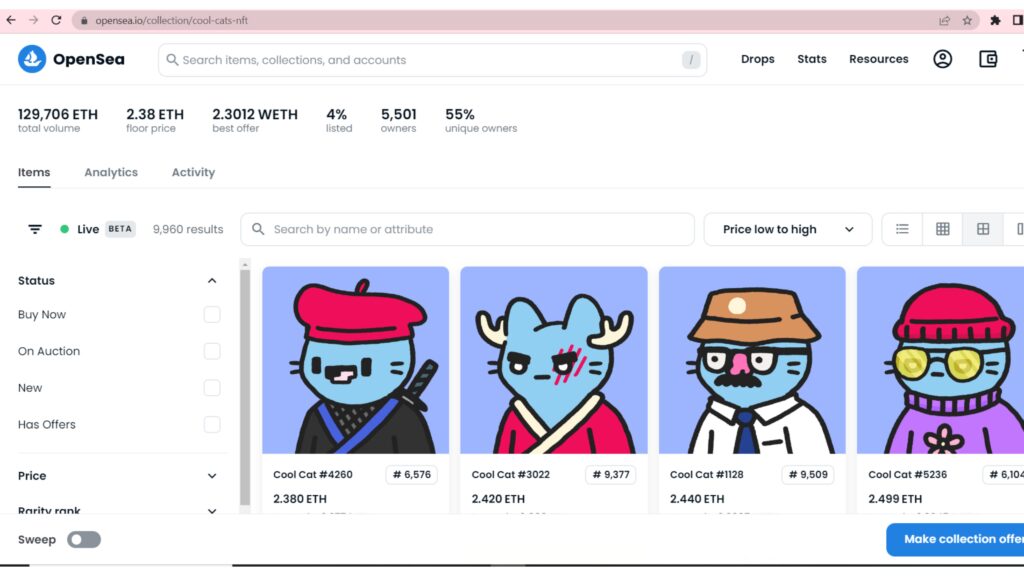
Security Considerations When Dealing With PFP NFTs
With more and more people looking to use PFP NFTs for a variety of reasons, it is important to understand the security considerations that come along with them.
When discussing digital security, data integrity is paramount when dealing with any type of cryptocurrency or blockchain technology related transaction. Ensuring encryption protocols are used throughout the authentication process is essential for ensuring sensitive information remains secure at all times. For PFP NFTs, this means using well known cryptography alongside smart contracts which can help to ensure one’s identity stays safe while also providing additional protection against malicious actors who may be trying to access someone else’s tokenized assets.
Also, keeping up with regular maintenance on your device or computer where you store your PFP NFTs is vital for staying ahead of potential threats and issues that could arise due to outdated software or hardware components not functioning properly. Taking these steps will go a long way towards protecting yourself and your assets over time so you can rest assured knowing that your assets are safe and secure no matter what situation arises.
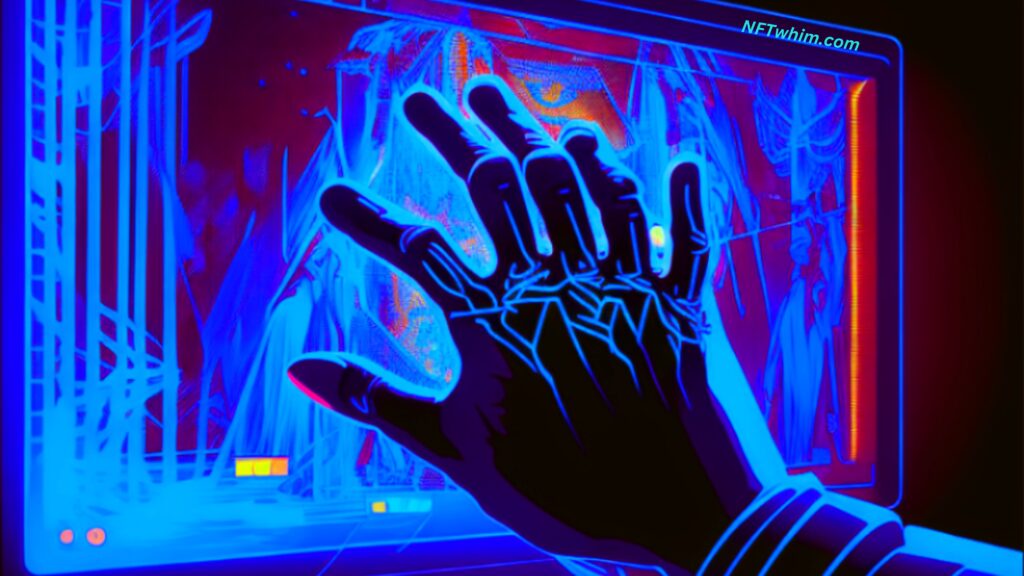
Examples Of Successful Uses Of Profile As Picture (PFP) NFTs
Profile as Picture (PFP) Non-fungible Tokens (NFTs) have become increasingly popular in recent years. NFTs are digital tokens that represent unique assets on the blockchain, such as art, gaming items, and even profiles. PFP NFTs allow users to show off their individual styles and personalities by creating a profile picture that is entirely theirs. Here we will explore some of the most successful uses for PFP NFTs and how they can be used creatively.
One of the most successful applications of PFP NFTs has been in marketing campaigns. Companies have begun using these tokens to create customized user experiences while increasing customer loyalty. For example, an online retailer could offer customers exclusive discounts or rewards when they purchase products with a certain type of PFP NFT attached to it. This helps increase brand engagement and keeps customers coming back for more.
Another creative use for PFP NFTs is allowing users to customize their avatars within virtual worlds. By having access to custom graphics, players can make their avatars look however they want them to look—from changing hairstyles to adding facial features like glasses or earrings. Players may also be able to unlock special abilities or skills depending on the game’s ruleset which makes each avatar truly unique.
The final use we will discuss here is fashion design through 3D printing technology. With this new method, designers can make clothing designs based on specific measurements provided by customers via their own PFP NFTs. Customers would then receive a unique head garments tailored specifically for them instead of settling for something generic from a store shelf! These examples demonstrate just how versatile and powerful PFP NFTs can be when used correctly; businesses across different industries should consider taking advantage of this emerging technology trend sooner rather than later!

Conclusion
The world of non-fungible tokens, or NFTs, is growing in popularity and has a wide range of potential applications. Profile As Picture (PFP) NFTs are a type of digital asset that allows users to create unique representations of themselves as head-shot avatars on various platforms. PFP NFTs offer many advantages such as increased privacy, portability, and ownership rights over the user’s data.
Despite their multiple benefits, it’s important for those looking to collect PFP NFTs to be aware of the risks associated with this new technology. Common pitfalls include scams, security issues, and lack of liquidity.
Overall, PFP NFTs have become an increasingly popular way for users to express themselves online while also taking advantage of its numerous benefits. And if you’re willing to take the time to understand how they work and what risks may come with them, then collecting PFP NFTs could prove very rewarding!
Featured image: Trending Profile as Pictures at Opensea. Image credit: Opensea.
Author: Robin Olsson
Author Bio: I’m Robin and on this website, I share everything I’ve learned since getting into NFTs in 2021. I have a background in research and I’ve been in crypto for several years. You can read more about me here.
